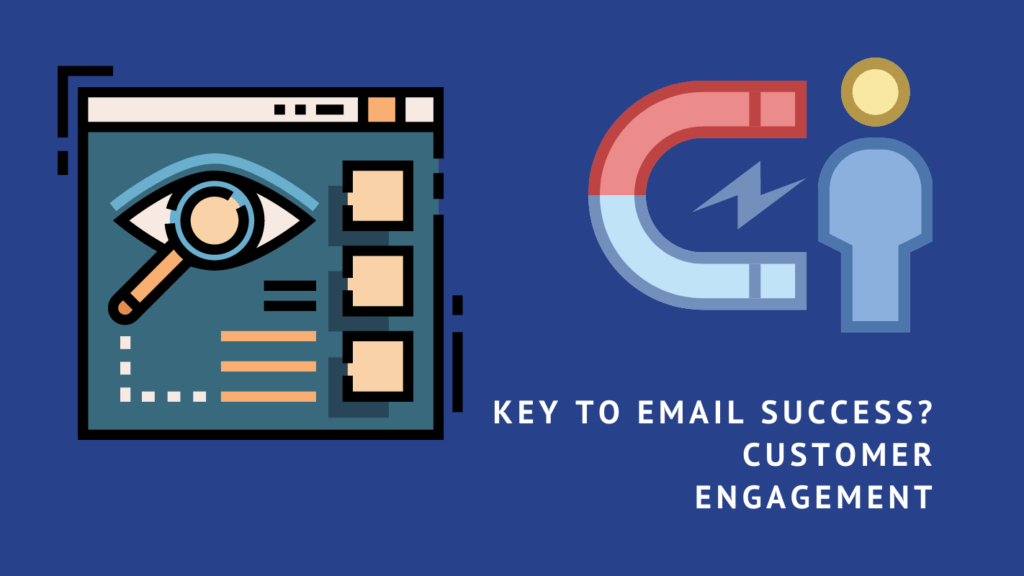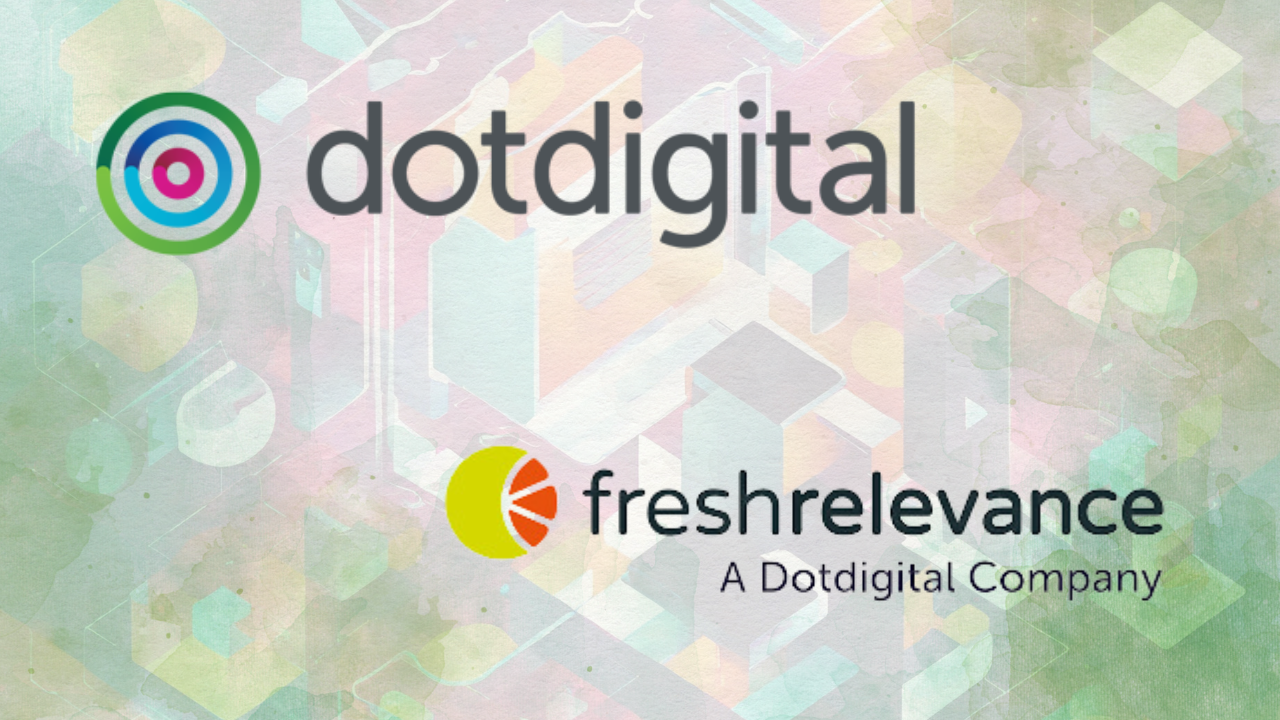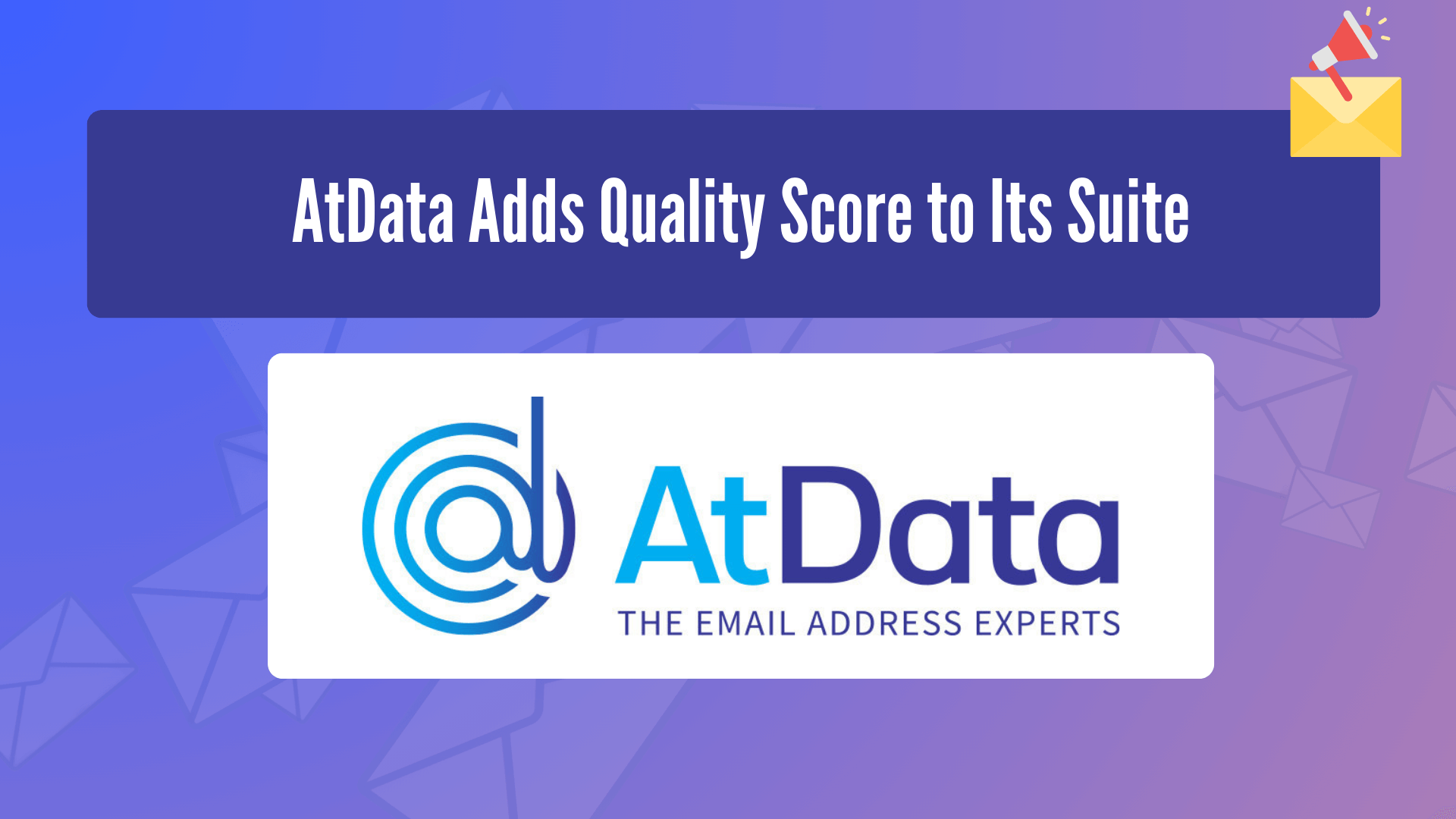Engagement and Clicks are Crucial to the Success of Your Email Marketing Efforts
Last time I wrote on EmailExpert, I tackled a very fundamental question about email marketing campaigns: what should your email marketing campaign look like. And in it, I explored two classic options; namely, an email newsletter or a 1:1 email communications letter, which reads more like a personal email.
The article laid out the pros and cons for both types and today I am turning my attention to click through rates. Engagement is one of the most important factors to the success of your email marketing program, and I’m going to show you where the clicks are taking place in both email newsletters and communication emails. As an aside, I have seen that subject lines can affect which links get the most click-throughs, especially in newsletters (but that’s a story on a different website).
First, let’s set the stage. When subscribers are engaged and clicking (or tapping) on your emails, this sends signals to the Gmails, Yahoos, Apple Mail, and the likes that you – as a brand – have something worthy to say to your subscribers and therefore they will let you into their customer’s inboxes.
Are You a Happy Gmail Customer?
Now the last point is critical and let’s unpack that because I know many people don’t view themselves as a “Gmail customer.” Perhaps they may consider themselves to be a “Gmail user” or “I have a Gmail account” but not a customer – after all, no one bought a Gmail account.
However, to Gmail – who currently has a 32% market share (thanks for the stat, Litmus!) – we are their customers, i.e., if you have a Gmail account. To that end, Gmail is working so hard to get you to check their app on an hourly basis. (Yes, hourly basis. Forbes reported that the average person checks their inbox 15 times a day, and that was back in 2017!) And to do that, email clients work tirelessly to make sure you see “valuable” content, whereas “meh” emails end up in your Spam box or never even get into your email client at all.
So, when your subscribers click on your email, they are far more likely to receive your next email than if they would just delete it. Therefore, this begs the question: where are the clicks happening? Of course, if you know where the clicks occur you can make your emails more clickable – and that’s a good thing!
Keeping Tabs on Link Location
To do this, the first thing an email marketer must do is start tracking where the clicks are taking place. This is a different, yet parallel approach, to track which web pages are garnering the most clicks via email marketing – you can, of course, see this through a source/medium tag in Google Analytics. However, in this new method “tagging” link location is of paramount importance, regardless of the link content.
And before you say, “How?” Well, if you use an email service provider like ActiveCampaign, you can easily do this.
| When you format your link in ActiveCampaign, you can also program 6 actions, including Adding and Removing Tags. |
Dissecting the Data & A Few Lessons
Now that we’re tracking links based on location, we need to let it accrue. And while we’re waiting for the results to “click” in, let’s make sure we’re on the same page. If we bring back the email templates from my last article, let’s map out the link districts.
| Here’s the layout of the email newsletter on the left-side, and the right-side shows the same template with an overlay of each section tagged in a different color with a name. |
And once the data is set, you can go in and see which location gets the most clicks. Here are some blended and anonymized stats that I’ve randomly collected from various clients all thanks to ActiveCampaign and its easy to use interface:
| Generic newsletter click-throughs by link location |
| Generic communications email click-throughs by link location |
Here you can see which areas are getting the most clicks. In the newsletter, the “Top News Story” takes the cake, but interestingly enough, the modules on the right-hand side of the screen best their left-side counterparts. Note to self: remember that key observation when deciding which piece of content to put on which side!
And on the 1:1 communications email track, remember that buttons are a powerful way to interject the text and infuse it with oomph – so consider adding them to your emails.
And if you’re not sure why the bottom link outperforms the top link it’s because people want to read your email – yes, your email – before deciding to take action or not. I wrote an in-depth article that uncovers the secrets of call to action in emails. So be sure to give them as many “micro yes” moments along in the copy so that they’ll take that “macro yes” at the end and convert! That’s why I’ve dubbed it the “power link” because, at the end of the day, this is where you want to devote the most attention to, since it provides the best returns on your link real estate investment.
Remember, it’s imperative to look at the data from as many angles as possible. When you do so and implement what the data says, you should see vast improvements in your email marketing efforts.
About the Author
Shmuel Herschberg is a seasoned digital marketing executive, who lives and breathes email marketing. He is the founder of Shyn Media (www.shynmedia.com), a boutique agency that offers creative marketing automation, content strategy, and digital media services.
Mr. Herschberg possesses a unique blend of technological awareness coupled with strategic thinking and customer psychology. This enables him to translate customer needs into actionable, winning strategies. He is the author of numerous articles that probe a wide-range of viewpoints relating to digital marketing, with an emphasis on the latest trends in email marketing.
Disclosure: Some links in this post may contain affiliate codes. The author may get some small fee for you clicking and engaging.







